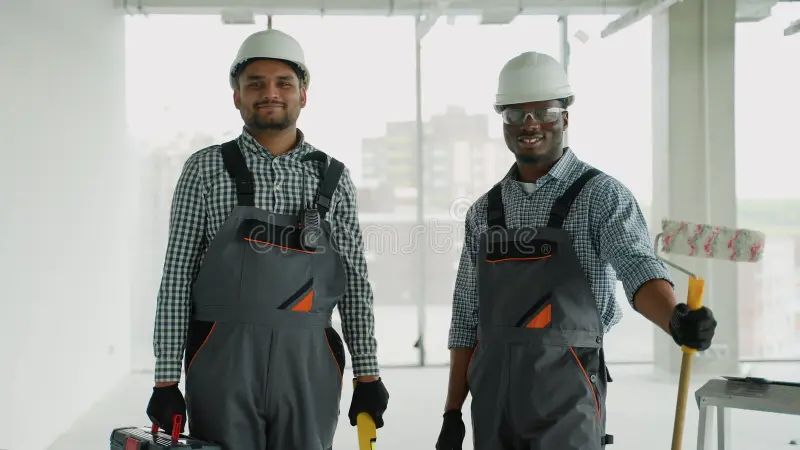Captivate and Connect: Revolutionizing Your Brand with Impactful Video Content
Captivate and Connect: Revolutionizing Your Brand with Impactful Video Content
In today’s fast-paced digital marketing landscape, the skill of creating captivating videos is essential for drawing in both potential employees and customers. By harnessing certain techniques, you’ll be able to craft content that not only captures attention but also leaves a lasting impression on your audience, solidifying your brand’s position in the competitive market.
This guide from Targeted HR Consulting offers you key strategies for developing videos that not only engage but also significantly boost your brand’s visibility and allure.
Understanding Your Target Market
To create a video that resonates, start by gaining a deep understanding of your target audience. Delve into their preferences, aspirations, and needs, ensuring that your message speaks directly to them. This level of understanding guarantees a connection with your viewers, making your content more relatable and effective. There are stock videos to help you get started, too. By tailoring your video to your audience, you create a personal touch that goes beyond general appeal, fostering a sense of belonging and understanding.
Logo Integration
Embedding your brand within the video is crucial for creating a unique and memorable experience. Use your company logo and other brand elements strategically to forge a strong visual connection with your audience. This integration not only reinforces brand recognition but also adds an exclusive touch to your content, setting it apart from competitors. If you don’t have a business logo, you can make your own logo offerings by using an online logo maker with customizable templates.
Engaging Storytelling
The power of storytelling in video content cannot be overstated. Construct a narrative that engages emotionally, not just factually. Your story should be more than informative; it should stir emotions, making viewers feel connected to your brand’s journey. This emotional connection transforms viewers from passive observers into active participants in your brand’s story, enhancing the overall impact of your message.
Visual and Audio Synchronization
To craft an engaging video, it’s crucial to integrate high-quality visuals and audio harmoniously. This synergy of elements significantly elevates the viewer’s experience, imprinting your message in their memory. Opt for visuals that grab attention and select music that echoes the tone of your narrative. This blend of visual and auditory elements is pivotal in captivating your audience and delivering your message with impactful, sensory depth. By mastering this blend, you have the opportunity to shape content that resonates and retains viewer attention in a profound way.
Call to Action
A well-crafted video should always include a clear and compelling call to action. This element is essential in guiding viewers towards a desired outcome, be it applying for a job or purchasing a product. Your call to action should be persuasive, encouraging viewers to engage further with your brand. This not only increases viewer interaction but also drives tangible results, turning viewers into active participants in your brand’s journey.
Showcasing Company Culture
Highlighting your company culture in your video can significantly enhance its appeal. By sharing insights into your workplace, team activities, and values, you create an inviting and relatable atmosphere. This glimpse into your company’s environment not only attracts potential employees but also builds a deeper connection with customers. Showcasing your company culture in this way demonstrates your brand’s values and personality, making it more attractive to both job seekers and consumers.
Shareability and Reach
Designing your video for easy sharing is vital for extending its reach. Ensure that your content is not only engaging but also easily shareable across various platforms. By adding share buttons and creating content that naturally encourages sharing, you amplify the video’s visibility. Shareable content taps into broader networks, increasing the impact and effectiveness of your message, and reaching a wider audience.
Crafting an engaging video that appeals to both job seekers and customers involves a comprehensive understanding of your audience, storytelling that connects emotionally, captivating visuals and audio, and a clear call to action. Integrating your logo and showcasing your company culture adds a unique touch, making your video stand out. By focusing on shareability, you maximize your video’s reach, enhancing your brand’s impact in the competitive business landscape.
Targeted HR Consulting is here to assist you with your human resource needs. Call (801)301-7770.


